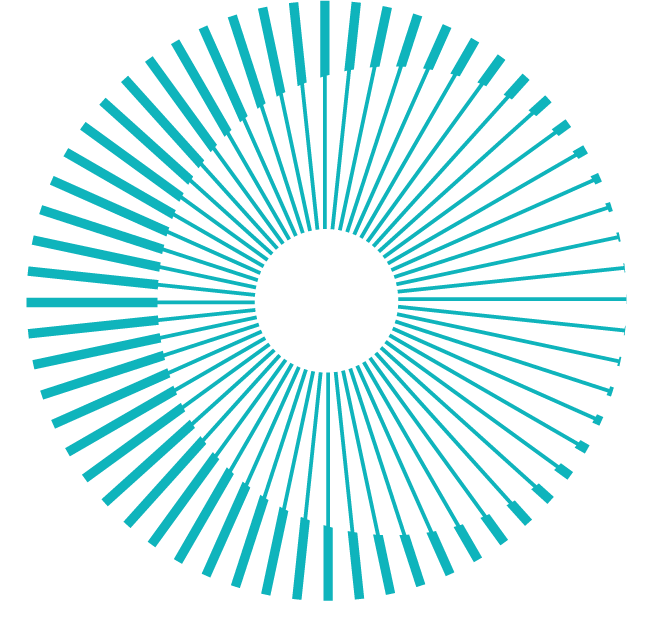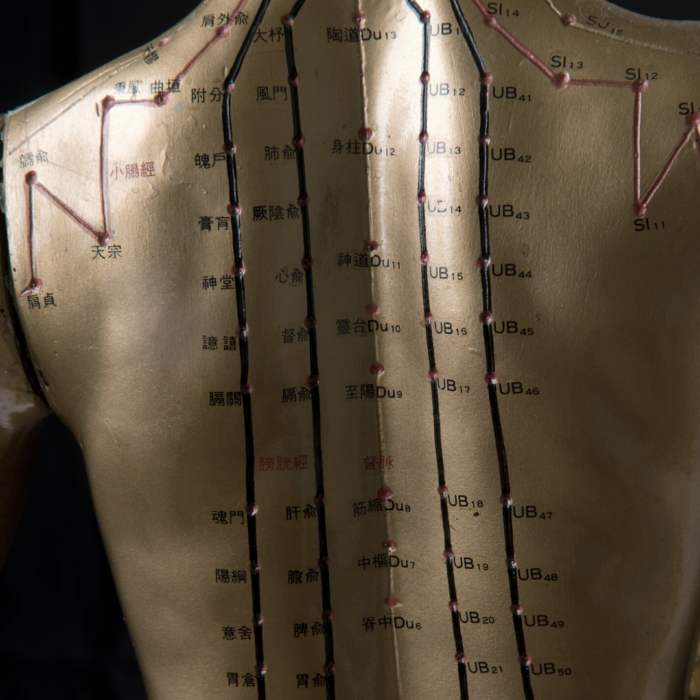Gua Sha has been practiced in China for several thousand years as a therapeutic practice.
It translates as ‘Scrapping Sha’, referring to the aim of bringing stagnant sha to the surface of the body where it can be expelled. Traditional Chinese Medicine views sha as the stagnation or accumulation of blood and heat within the subcutaneous levels of the body commonly leading to pain.
The severity of sha can be determined by the small red dots and discolouration which appears of the skin. Many people can be alarmed by the mottled purple/red appearance of their skin following a Gua Sha treatment, however this usually not painful and resolves quite quickly over a few days.
Sha can be brought on by various internal or external factors, for example physical trauma, and can be present in both acute and chronic conditions.
Gua Sha is often used along the various meridians of the body and involves the repeated scraping of an object with a rounded edge across the skin. By doing so, we encourage the movement of sha to the surface of the body and promote the localised circulation and dispersion of Qi and Blood.
Specific tools in many different shapes and materials can be used for gua sha, however many everyday household objects, such as metal jar lids or porcelain soup spoons, can also be used.
Gua Sha should be relatively painless and should not induce any injury, in fact most people should feel much less stiff and uncomfortable following a gua sha treatment!
The simplicity of tools and ease of use mean that it remains a popular form of folk medicine throughout much of Southeast Asia.
Gua Sha has also gained recent notoriety amongst the beauty industry and online influencers as an effective, easy and inexpensive at home treatment.
For any of my patients I strongly recommended facial gua sha therefore as an excellent adjunct to cosmetic acupuncture treatment.
From a cosmetic perspective gua sha can help to reduce puffiness by promoting lymphatic drainage, even and brighten skin tone by improving local blood circulation and tighten and contour the face by massaging the facial muscles.
Traditionally gua sha tools were made of water buffalo horn while modern facial gua sha tools are now often made out of crystals such as jade or rose quartz. While involving a similar technique, the goal of facial gua sha is not to induce the appearance of ‘sha’ but rather to gently scrape until the skin is slightly red and plump




